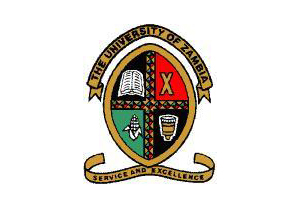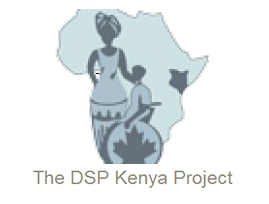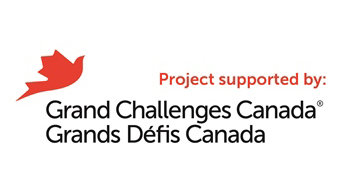4.3.2 – Sensory functions and pain
Pain is a complex and multifaceted issue in every child living with HIV. All children infected with HIV should be assessed for pain. If available a pain specialist and physiotherapist should be consulted.
Both pharmacological and non-pharmacological treatments should be considered. Ensuring the child's comfort is also an important component of pain management, including using a gentle touch when moving or supporting a client and providing cushioning and supports.
Pain is associated with a lower quality of life, a low CD4 count, more significant immunosuppression and mortality. Girls and younger children describe higher pain levels, specifically gastrointestinal and limb related, than older children and boys. Any pain is important to note, but of particular importance is pain that is new or different.
Pain can be measured using modified visual analogue pain scales and rating measures, e.g., the Wong and Baker Faces Pain scale. These measures can be adjusted according to age, degree of illness and other factors, such as cultural background and beliefs.
Potential causes of these impairments and rehabilitation interventions are shown in the table below.
Table 4.3.2: Clinical Aspects of Sensory Functions and Pain
| Impairments | Possible Etiologies | Rehabilitation Interventions6 |
|---|---|---|
| Pain (acute and chronic) |
HIV HIV-related infections Side effects of medication Resulting from diagnostic and therapeutic interventions |
Non-pharmacological Interventions for pain
|
Pharmacological interventions are also important and can include:
- Topical analgesics
- Local anaesthetics
- Non-steroidal anti-inflammatory drugs (NSAIDs)
- Corticosteroids
- Anticonvulsants with analgesic effects
- Selective serotonin reuptake inhibitors (SSRIs)
- Narcotics
6Choice of rehabilitation interventions will depend on patient assessment and available resources.

 Previous Page
Previous Page




